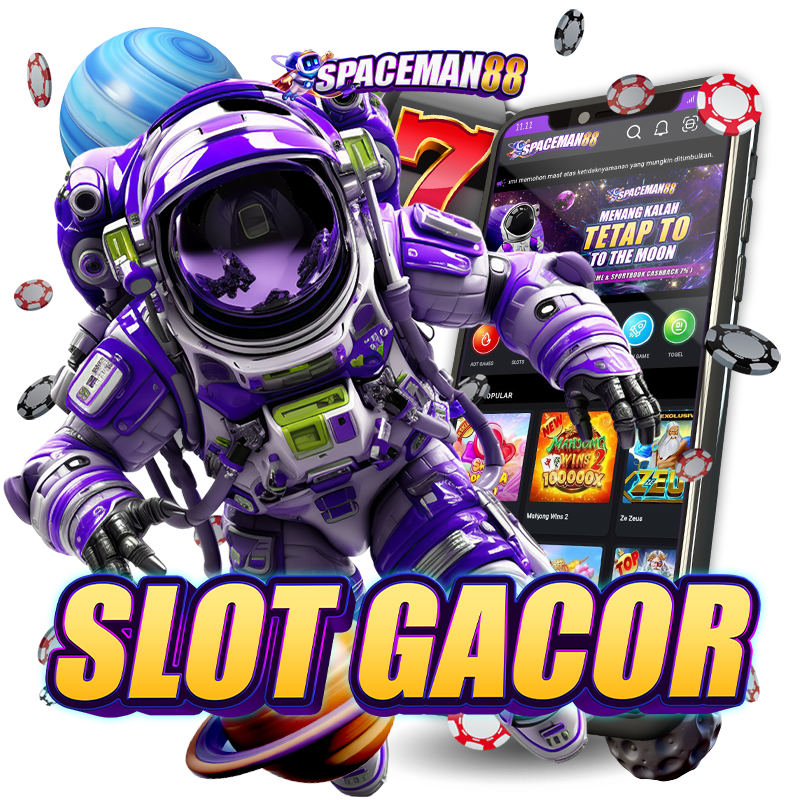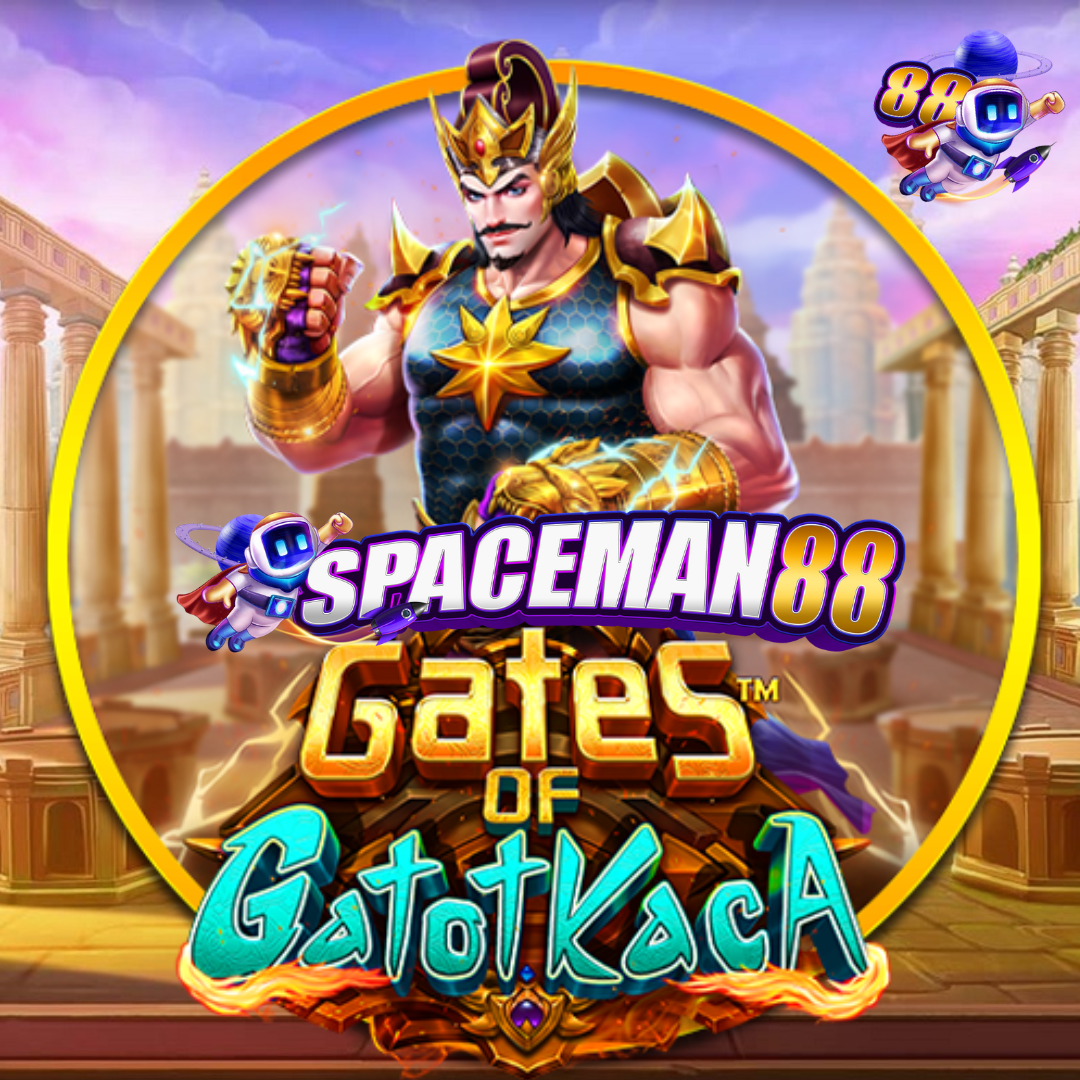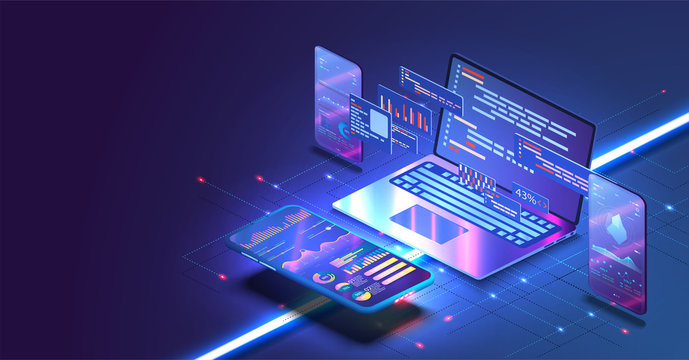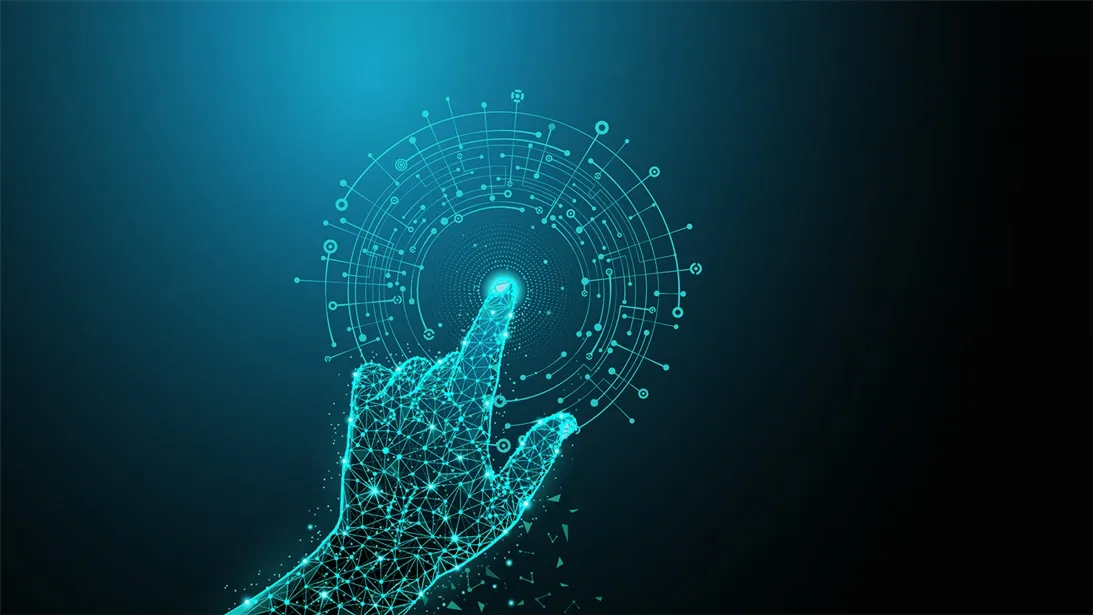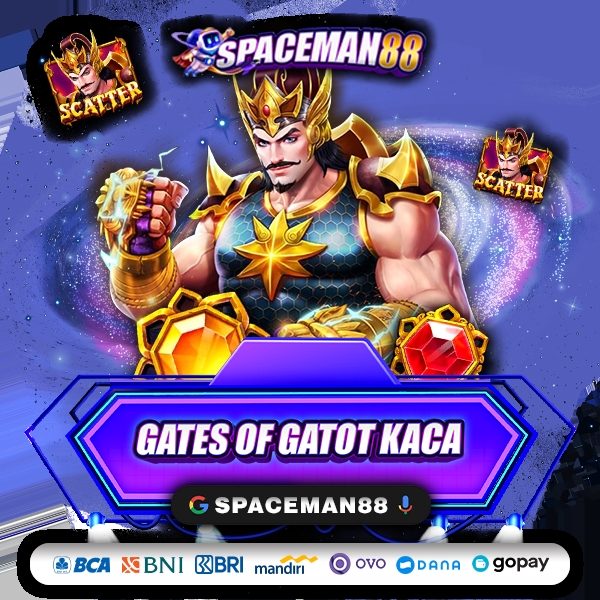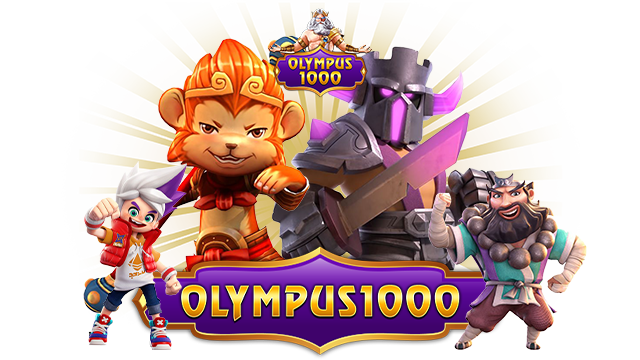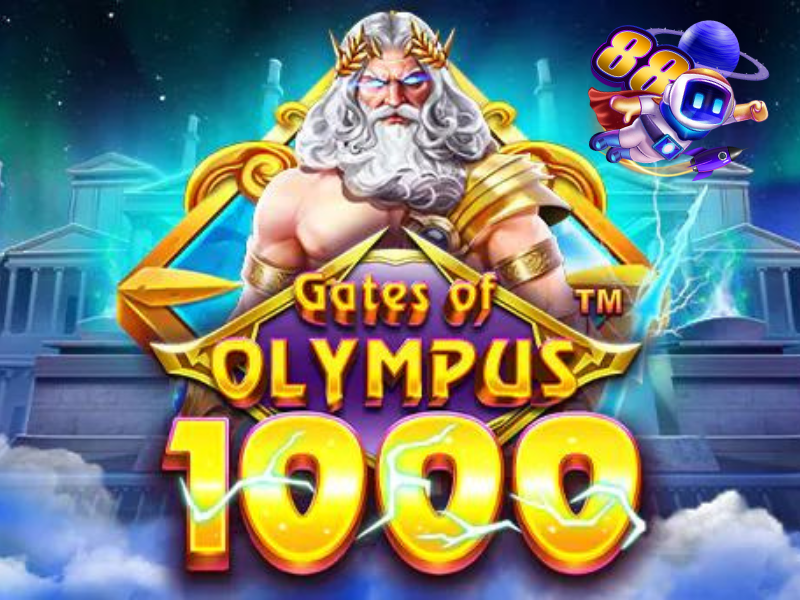A drug with zero intrinsic activity is an antagonist (as discussed later). Agonist drugs are structurally similar to the natural agonists in the human body. They mimic the natural agonists and trigger the receptors, producing the desired response, or in some cases, a much stronger action. Ligands are molecules inside your body that bind to receptors on a cell and cause a response from that cell, and sometimes other cells as well. Imagine that ligands are keys that fit specific locks, which are receptors. Suboxone, Methadone, and Naltrexone are drugs used in addiction treatment.
When should I call my healthcare provider?
An agonist is a chemical that activates a receptor to produce a biological response. Receptors are cellular proteins whose activation causes the cell to modify what https://sober-house.net/attention-required-cloudflare/ it is currently doing. In contrast, an antagonist blocks the action of the agonist, while an inverse agonist causes an action opposite to that of the agonist.
Inverse Agonists
The antagonist is also referred to as blockers as they obstruct the natural work of the receptors. Normally, an antagonist refers to an object that opposes natural activity. The term’s meaning can be derived from the first half of the word itself.
Main Differences Between Agonist and Antagonist
Agonists are used in anti-drug addiction therapy to help people escape the vicious cycle of drugs. Therefore, it helps people to stop cravings and alleviates them. Other people may not feel anything at first but may start to feel different after long-term use of these medications. Your healthcare provider is the best person to explain the effects you might feel and what you can or should do if you notice any changes in how you feel.
Synthetic cannabinoid receptor agonists compared to Δ9-tetrahydrocannabinol: Neurological effects and beyond
- They produce pain relief or a “high” by mimicking the action of the natural agonist.
- Thus, this therapeutic window shows the margin of safety of a drug molecule (Figure 5).
- An agonist is a compound that can bind to and cause activation of a receptor, thus mimicking an endogenous ligand.
- They aren’t dopamine, but your cells can’t tell the difference.
- The higher the dose of the GLP-1 agonist, the more extreme the effects.
Some drugs had severe side effects that made their use intolerable. For example, IFN-gamma is a selective agonist of the IFN-gamma receptor. The therapeutic index of a drug molecule is the ‘window’ 12 things that happen when you quit drinking within which it exhibits a therapeutic effect. Above this window, the drug molecule exhibit toxicity while below the therapeutic window, it is sub-therapeutic and does not show any clinical effect.
The earliest dopamine agonist drugs came from ergot, a type of rye fungus. While there are fewer of these in use, some still see use for certain conditions. There’s also a similar class of medications called dual GLP-1/GIP receptor agonists. An agonist is a drug that binds to a receptor, triggering a cellular response by promoting the active state.
An example is the use of buprenorphine as an alternative for opiates (e.g., morphine) as it only partially engages the opioid receptor, thus reducing the likelihood of opiate addiction. Agonist – The substance that activates/provokes the receptor for biological action.2. Antagonist – The substance that binds to the receptor, however, binding stops the desired response from the receptor.
In pharmacology, the agonist imitates endogenous cellular ligands (namely, hormones and neurotransmitters) by binding to the receptors and thus provoking a similar cellular response. Examples of agonist drugs are liraglutide and exenatide used in diabetes. These are glucagon-like peptide-1 receptor agonists (GLP-1 agonists) that help to maintain glycemic control or blood sugar levels. An agonist is a molecule that can bind and activate a receptor to induce a biological reaction.
Cells in parts of your brain that control muscle movements also need dopamine to work correctly. Healthcare providers may also prescribe semaglutide or high-dose liraglutide for people who have overweight along with other health conditions if losing weight can help manage the coexisting conditions. The FDA hasn’t approved GLP-1 agonists for the treatment of T1D. The satiety effect of GLP1-agonists reduces your food intake, appetite and hunger. Some pharmacological agents can be used to irreversibly ablate neurons.
Unlike Suboxone and Methadone which are taken for drug detox, Naltrexone is taken after the individual stops using opiates. Naltrexone should not be used while the individual is still using opiates, as it can result in severe side effects. While Naltrexone will reduce cravings – as will Suboxone and Methadone – it will not treat withdrawal symptoms, https://sober-home.org/know-the-difference-between-ethanol-and-alcohol/ nor will it prevent opiate use. The monitoring of alpha-1 agonists will depend on the patient’s situation and the drug involved. Patients who are experiencing an anaphylactic reaction will need treatment with epinephrine. Following the cessation of anaphylactic symptoms, the patient must remain under observation for the next six to twelve hours.
Cells throughout your nervous system have receptors, which are like locks, on their surfaces. Neurotransmitters are chemicals that your brain uses for communication and control of certain processes. They have very specific shapes and can “unlock” cells, activating them. Talk to your healthcare provider to see if a GLP-1 agonist is right for you. Some people form antibodies to GLP-1 agonists, particularly with exenatide.
If you become pregnant while taking the medication, see your healthcare provider immediately. If you notice persistent itchiness, redness or other symptoms of an allergic reaction at injection sites, talk to your healthcare provider. If you have obesity or overweight, talk to your healthcare provider to see if a GLP-1 agonist is right for you. To understand how GLP-1 agonists work, it helps to understand how the naturally occurring GLP-1 hormone works. Agonist and Antagonists; discuss the key differences between the two. Injections into the brain can be performed either by pressure injection or microiontophoresis, the process of using a small electrical current to drive substances out of a glass pipette.
















